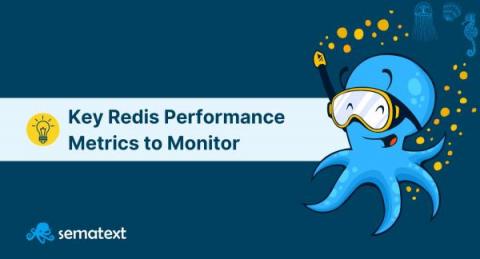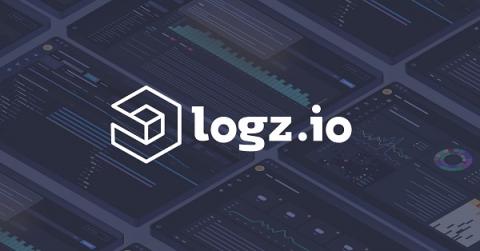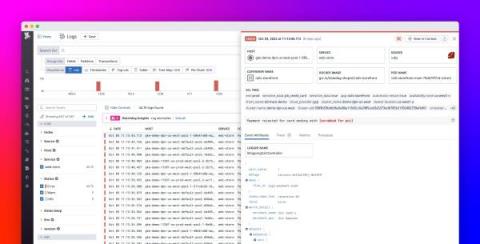How Cribl's Suite of Solutions Help Prevent Zombie Data
In part 1 of this series, we talked about zombie data and what it means for your observability architecture. In this post, we’ll talk more about how to handle all of it. How well can your organization handle the firehose of data it’s collecting? Yes, you have the ability to collect it, but chances are you don’t have the financial or human resources available to analyze all of it effectively.










